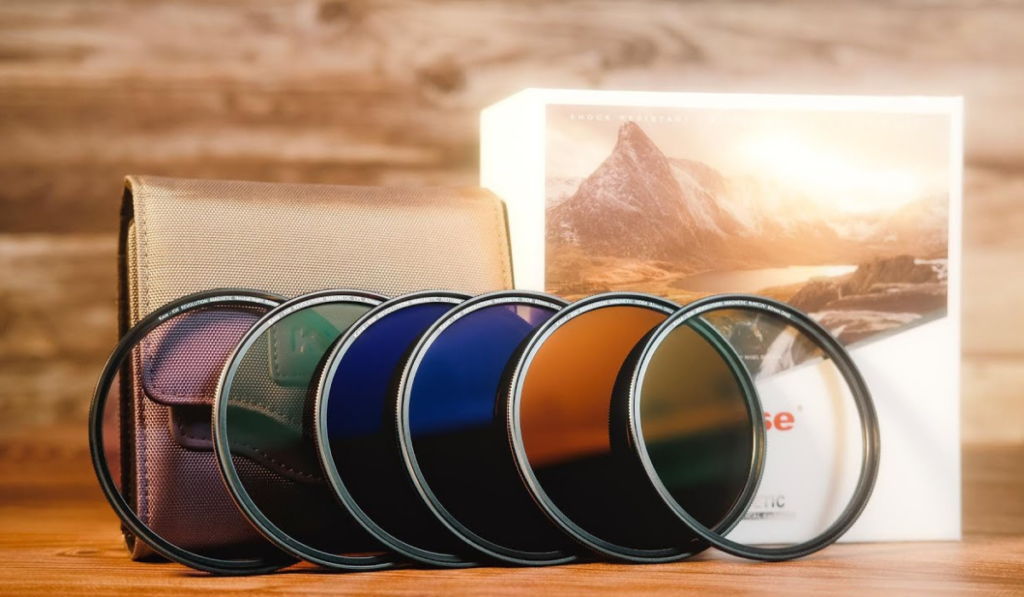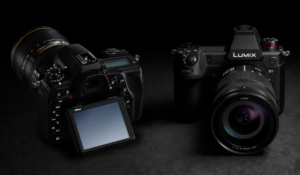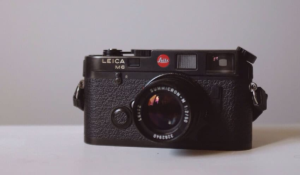A Complete Guide to Camera Lens Filters

Filters for camera lenses are essential tools for photographers. They offer a variety of creative options and practical benefits. Filters are essential for enhancing photography. They can be used to manage tricky lighting conditions or to add impact to photos. This comprehensive guide will explore the different types of lenses filters, their effects and the considerations when choosing the best filter for your needs.
Understanding Lens Filter Types
1. Screw-On Filters
Screw-on filters, which are available in almost all types and sizes of filter, are the m\ost versatile and common type. They fit a wide range of lens diameters. These filters are convenient and compatible for photographers who use different lenses.
2. Square Filters
While square filters require a holder to attach, they offer flexibility and compatibility for different lenses. They are ideal for a variety of photography purposes due to their standard sizes such as 100x100mm and 130x130mm.
3. Rectangular Filters
Landscape photographers are fond of rectangular filters, especially graduated neutral-density ones. The larger size of these filters, usually 100x150mm or more, is ideal for wide-angle lenses. It also helps to balance exposures when photographing landscapes.
4. Drop-in Filters
These filters are intended for large telephoto lens that lack the standard threads to attach a filter. These filters are placed in dedicated slots on the rear of the lens to ensure compatibility and minimize optical aberrations.
5. Sensor Clip-In Filters
Sensor clip-in filter offers precise control of optical aberrations such as flaring. They attach directly to the camera sensor. These filters are used primarily for specialized applications such as infrared and astrophotography.
The Effects of Common Filter Types
- UV and Skylight filters: Protect your lens and correct color casts.
- Polarizing filters: reduce reflections and enhance color.
- Neutral density filters: Reduce the amount of light that enters the lens during long exposures.
- Graduated Neutral Density Filters (GND): Equalize exposure between the sky and foreground.
- Color correcting filters: Correct or boost color temperature to get accurate colors.
- Close-up Filters: Allow macro photography without the need for a macro lens.
- Special Effects Filters – Create unique visual effects such as starbursts or diffusion.
Selecting the Right Filter
Considerations:
- Decide what you are trying to achieve.
- Lens compatibility: Use step-up rings or the correct filter size for your lens.
- Budget: Investing in high-quality lenses will help you avoid compromising the image quality.
Maintenance and Usage Tips
- Cleaning: Use a microfiber cloth and lens cleaning fluid to maintain your filters.
- Sizes: Check the lens specs for the filter size. If you have multiple lenses, consider using step-up rings.
- Use the correct filter for your lens size to avoid dark corners.
- Auto exposure and white balance: Modern cameras automatically adjust the exposure. Manual adjustments may be required for color filters, manual cameras or cameras.
- Manual Exposure: When adjusting exposure for manual cameras, take into account filter factors.
Filters can enhance your photography in many ways, both for creative and practical reasons. Understanding the effects of different filters can help you take your photography to a new level, allowing for stunning shots in varying shooting conditions. Filters can be a powerful tool for any photographer.



